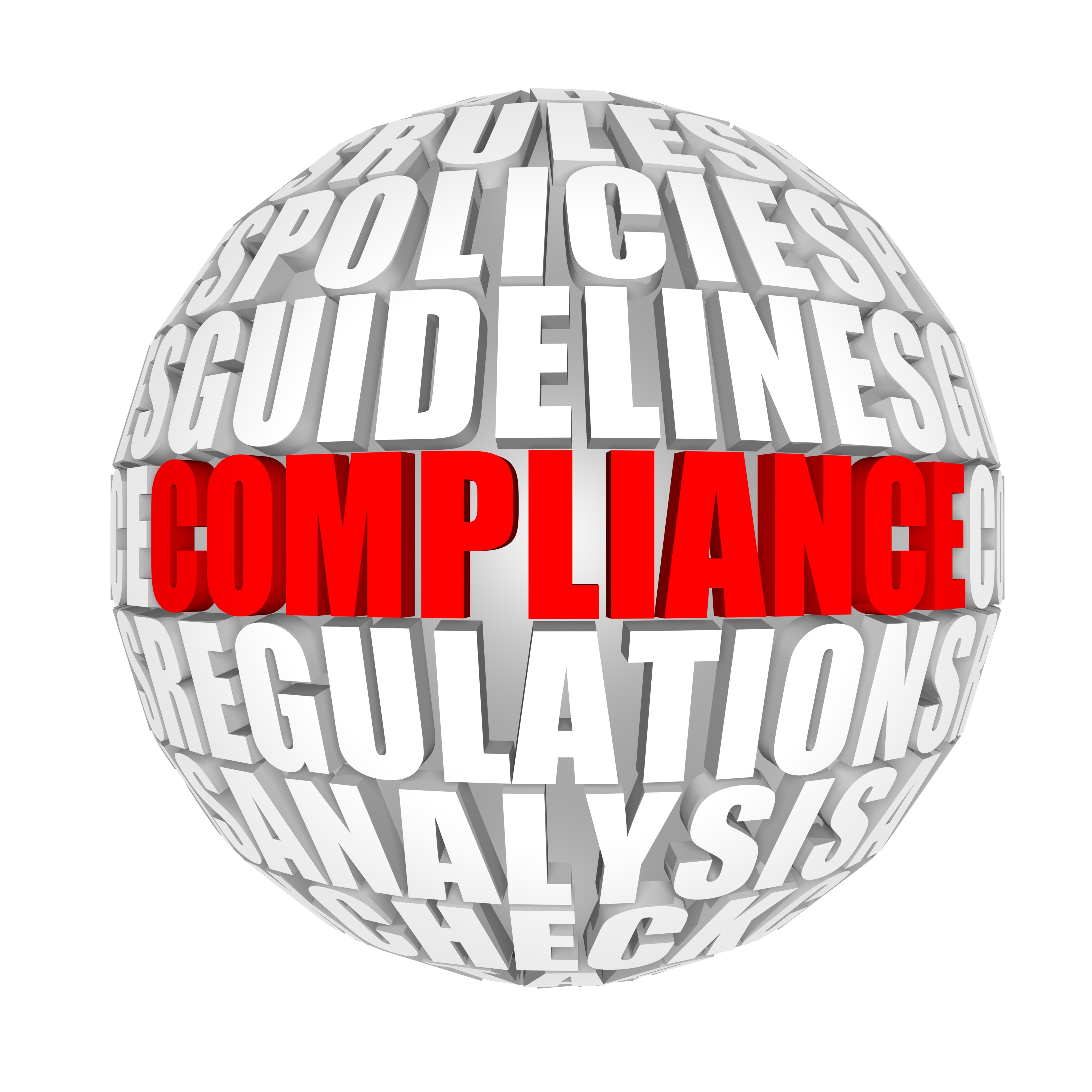 TAM and GoodHire recently joined forces to present a webinar on background checks. They discussed the FCRA requirements that result in the most claims and how to comply, the role and requirements of the EEOC, when and how to use employment credit checks and drug screening, and how ban-the-box laws affect background checks.
TAM and GoodHire recently joined forces to present a webinar on background checks. They discussed the FCRA requirements that result in the most claims and how to comply, the role and requirements of the EEOC, when and how to use employment credit checks and drug screening, and how ban-the-box laws affect background checks.
In addition to reviewing relevant state laws and consulting with legal counsel, here are six must follow steps to create compliant employment screening policies for your business.
- Provide disclosure and get consent.
 Before starting a background check with a credit reporting agency (CRA), employers must get a candidate’s (or existing employee’s) written authorization and receive acknowledgement that the background check may be used as a basis for employment decisions, such as hiring, promotion, or retention.
Before starting a background check with a credit reporting agency (CRA), employers must get a candidate’s (or existing employee’s) written authorization and receive acknowledgement that the background check may be used as a basis for employment decisions, such as hiring, promotion, or retention.
- Use a credit reporting agency.
Provide candidate information to a compliant CRA and they will begin collecting and preparing the results. Depending on the CRA used, the background check may include criminal records, civil judgments, credit history, and other personal information on public record.
- Share results with the candidate.
Once the background check results are ready, a copy will be returned to the employer and, if requested, to the candidate. If the candidate disputes any records in the results, the CRA can reinvestigate the records and provide updated results to both employer and candidate.
- Review results within EEOC guidance.
 Any hiring policy that disproportionately screens out minorities, including blanket bans on employment of people with criminal records, may automatically be considered in violation of the Equal Employment Opportunity Commission‘s (EEOC) guidance and requirements under Title VII of the Civil Rights Act of 1964.
Any hiring policy that disproportionately screens out minorities, including blanket bans on employment of people with criminal records, may automatically be considered in violation of the Equal Employment Opportunity Commission‘s (EEOC) guidance and requirements under Title VII of the Civil Rights Act of 1964.
- Follow adverse action process.
Employers who make adverse decisions, such as deciding not to hire or promote a candidate or to terminate an employee, based in whole or in part on a background check, must follow an Adverse Action process. This process may also be called Pre-Adverse Action, Preliminary Adverse Action, or First Notice.
- Finalize Hiring Decision.
If an employer has followed all steps for conducting a background check, then a final employment decision, whether to hire, promote, or terminate, can be made. In instances when the decision is adverse, employers must send a notice of adverse action to the candidate or employee. This process is called Final Adverse Action.
The Applicant Manager’s partnership with GoodHire further streamlines your recruiting process by providing an easy to administer background checking process that will run smoothly and consistantly. GoodHire has a quick turnaround (1-3 days), and is NAPBS accredited. Their consent forms are fully compliant and are converted into electronic consent, removing the need for paper files and providing candidates with the ability to give consent on any device, including mobile, quickly and easily.
View the entire webinar here.
[wpvideo Qq3R1vxO]
When you decide you need employment background checks, GoodHire and TAM have partnered to make the process easy. Just use TAM’s seamless integration with GoodHire to access their FCRA-compliant background check and employment credit report services. Contact us to find out more about streamlining your recruiting process with or without background check services. Or subscribe to our blog if you’d like more recruiting and HR tips.






 Before starting a background check with a credit reporting agency (CRA), employers must get a candidate’s (or existing employee’s) written authorization and receive acknowledgement that the background check may be used as a basis for employment decisions, such as hiring, promotion, or retention.
Before starting a background check with a credit reporting agency (CRA), employers must get a candidate’s (or existing employee’s) written authorization and receive acknowledgement that the background check may be used as a basis for employment decisions, such as hiring, promotion, or retention. Any hiring policy that disproportionately screens out minorities, including blanket bans on employment of people with criminal records, may automatically be considered in violation of the
Any hiring policy that disproportionately screens out minorities, including blanket bans on employment of people with criminal records, may automatically be considered in violation of the 